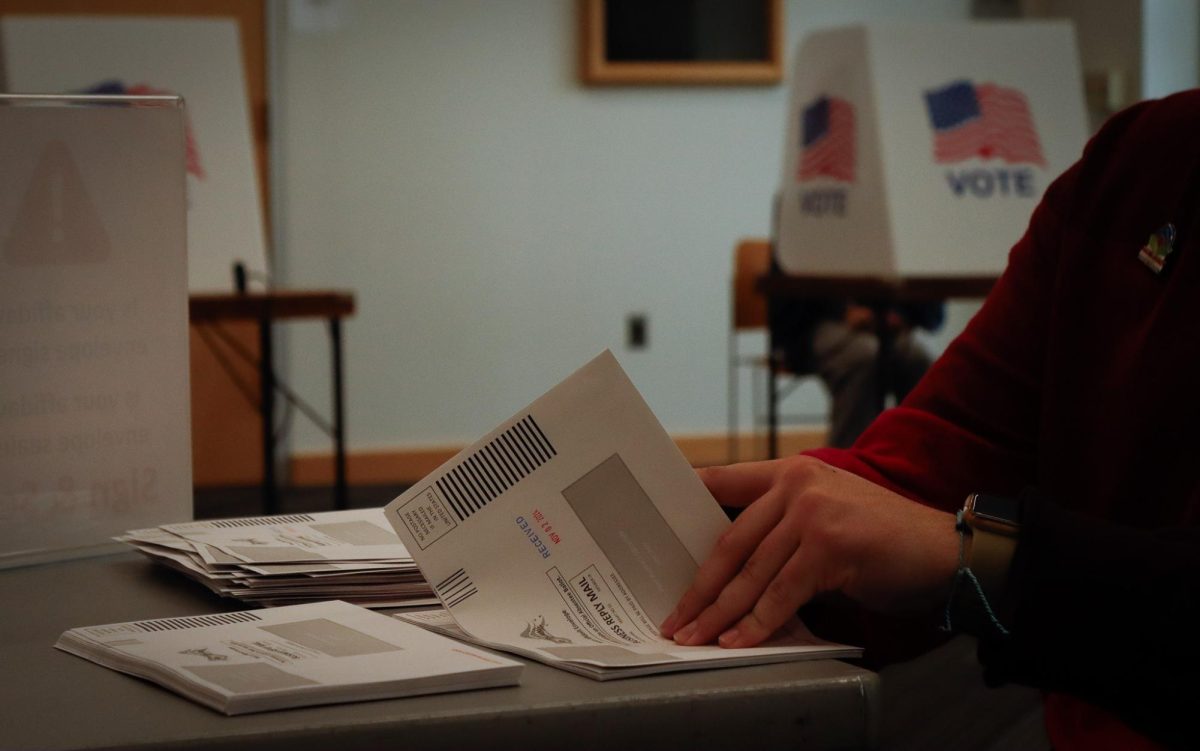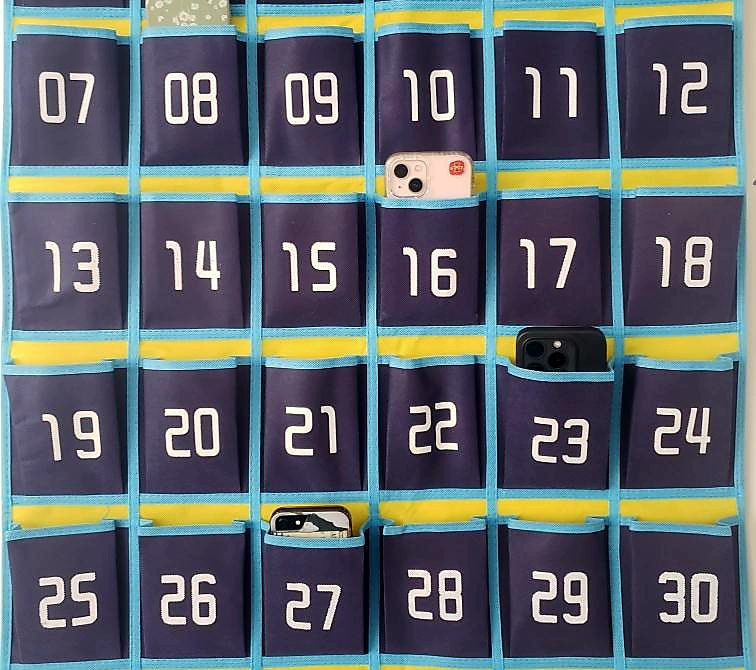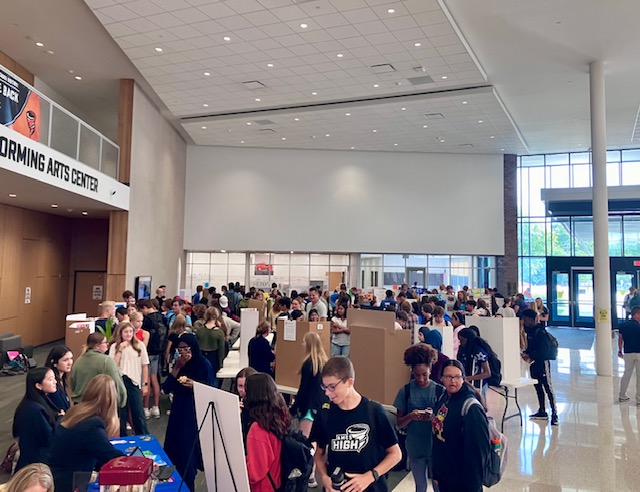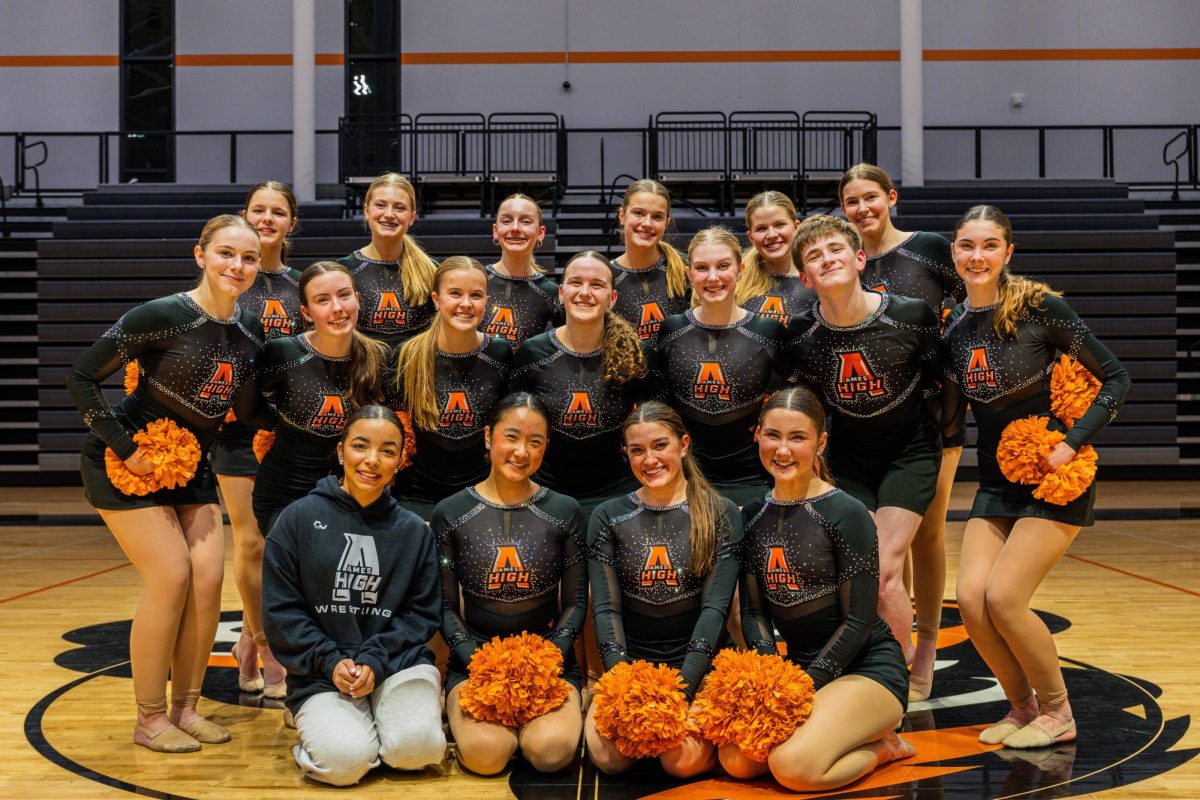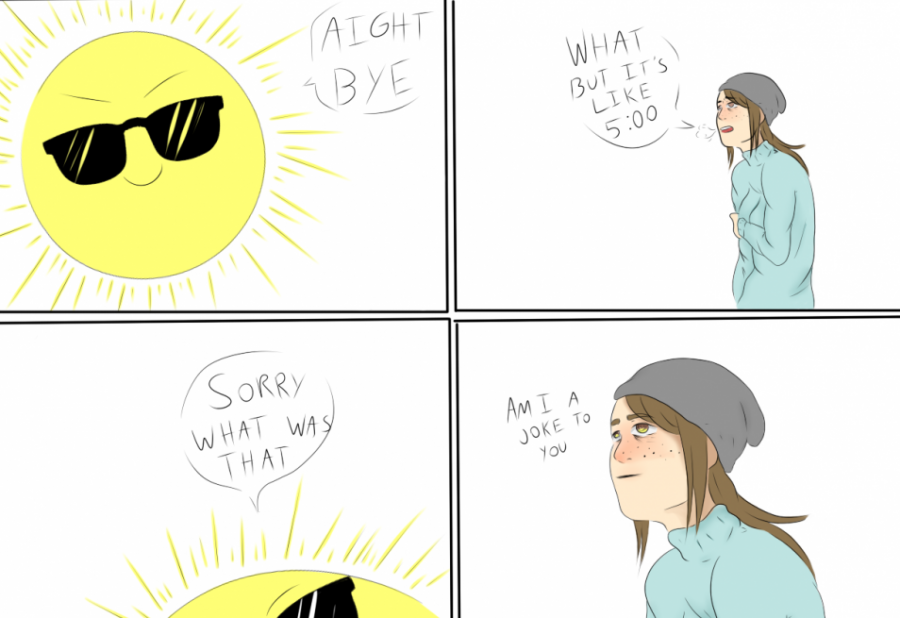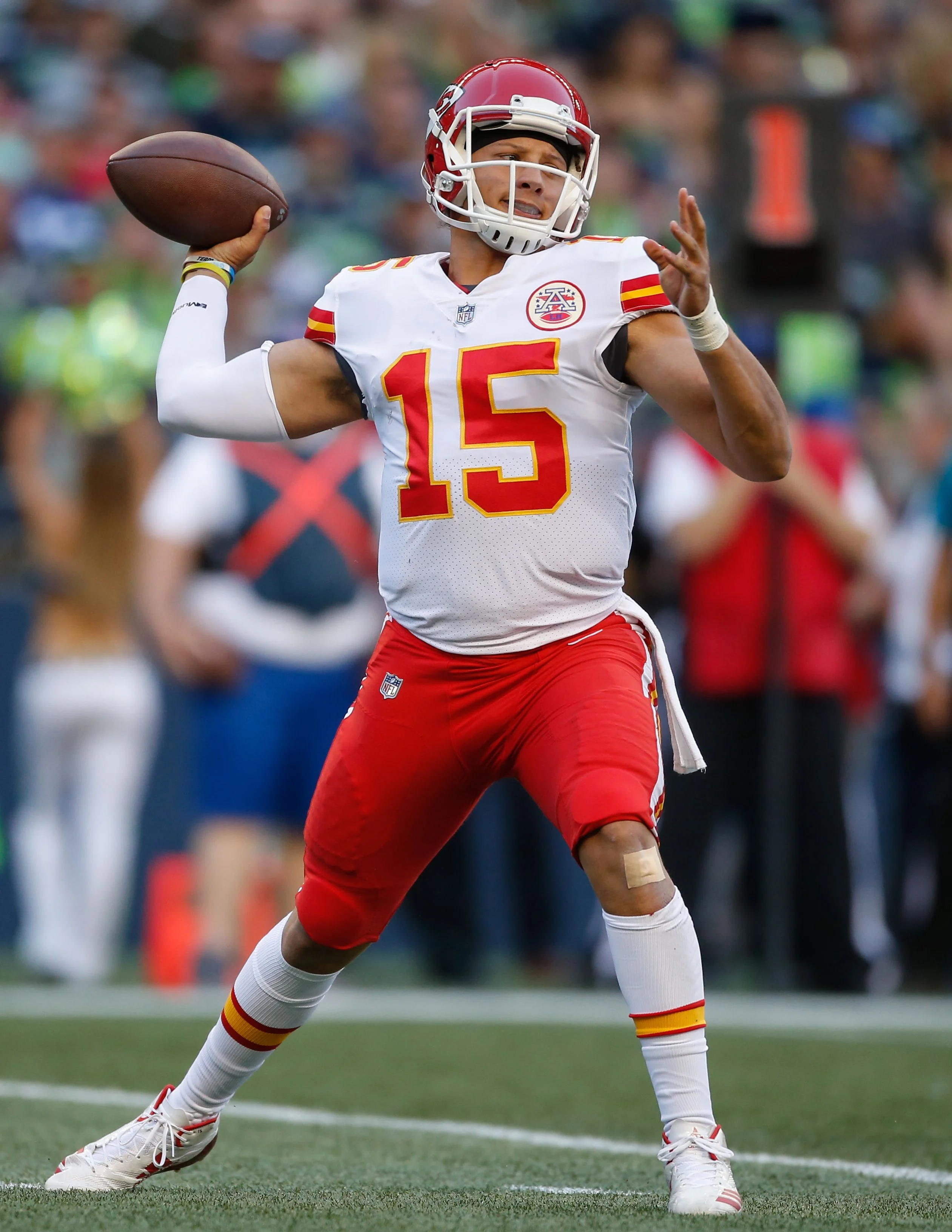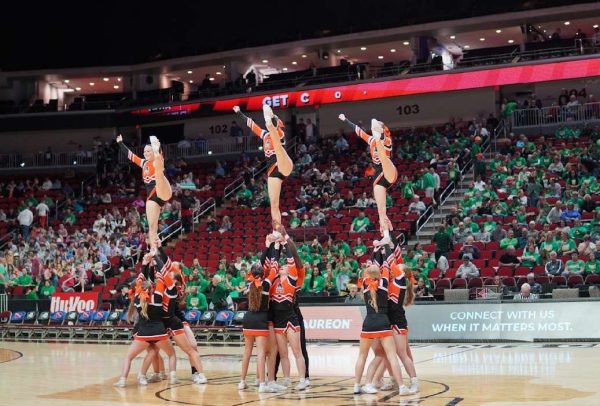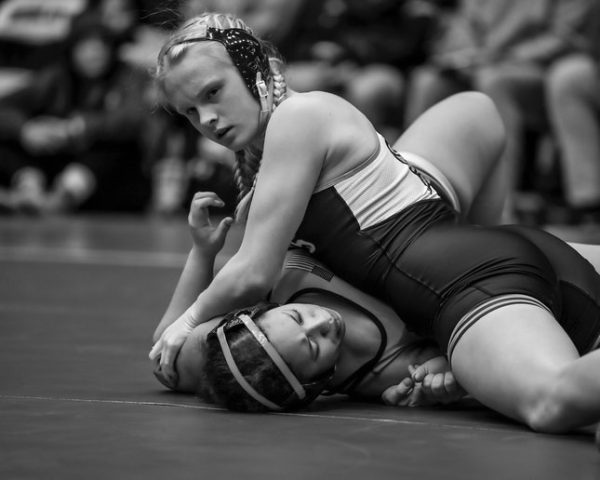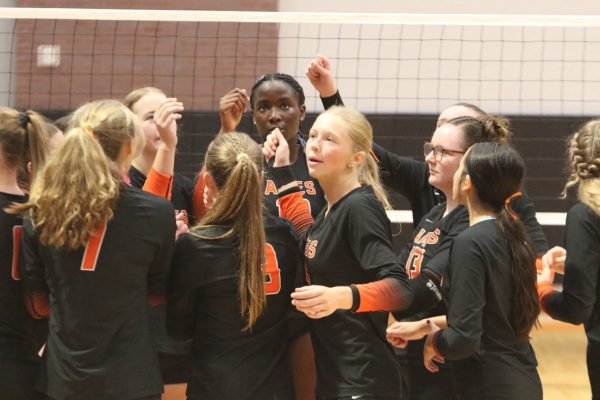Patrick Mahomes Limps Onto Field, Should Athletes Be Playing While Injured?
Star quarterback Patrick Mahomes sustained a high ankle sprain after being tackled by Arden Key during the first quarter of the AFC divisional round game against the Jacksonville Jaguars, where his foot was hooked beneath Key in an awkward position. He continued to play the rest of the first quarter then got his foot wrapped. Chad Henne took over as quarterback for the second quarter, then Mahomes played for the rest of the second half of the game.
Patrick Mahomes is arguably one of the best quarterbacks in the NFL, with some even saying he is the greatest quarterback ever. He has many awards such as the AP Most Valuable Player, Best NFL Player ESPY Award, and Sports Illustrated Sportsperson of the Year. Mahomes is obviously an amazing player, but is he as amazing while injured?
While on the field, Mahomes could be seen very clearly limping occasionally doing a hop to get the pressure off of his injured foot. He tried running the ball after there was no opening in which he was hopping across the field. He was very clearly struggling to walk,, yet he still played. Even though he is one of the best players and could potentially help the Chiefs win, should he have been playing while he was injured? Should we allow athletes to play while injured?
There are multiple reasons why an athlete might continue to play even while injured. Some of the reasons are that they don’t want to let their team down or it might seem like they are weak. Sometimes there is pressure from other players or coaches to play despite being injured. Sometimes playing through the pain isn’t the best, and can even shorten your career.
If you were to continue playing while injured, your condition will going to worsen. A small stress fracture that would have healed pretty quickly can become very serious, more painful, and take longer to heal. Playing shortly after getting a concussion increases your chances of serious brain injury.
It is also possible to injure other areas of your body if you continue to play while injured, as you might begin to compensate with different muscles. Both the original injury and the injury sustained from compensating from the first injury can become very damaging to an athlete’s career if not treated and can lead to greater disability.
Instead of playing through the pain, a better move would be to stop playing and talk to your coaches, trainers, or even doctors. Taking a break and following the RICE (Rest, Ice, Compression, Elevate) treatment and wait for your doctor or trainer to approve of you being able to play again.
The next best thing for you to do would be to start training your body with preventative exercises to not injure yourself in the same area again. For injures like sprained ankles, you usually will use a resistance band to build back up the muscles around your ankle and other muscles that affect the ankle so the chance of you spraining your ankle again is lower. You can ask your trainer or a physical therapist for workouts that will help rebuild the muscles affected by the injury.
Even though Mahomes is strong, the possibility of him re-injuring his ankle remains fairly high and can possibly cut his career short. Although you may want to be like Mahomes and tough it out, it is not a very good idea in the long run. Always listen to your body when hurt and talk to your trainers or doctors about the next steps for recovery.
Your donation will support the student journalists of Ames High School, and Iowa needs student journalists. Your contribution will allow us to cover our annual website hosting costs.

Celeste Symons is a senior at Ames High. She joined the Web in August and she enjoys going on runs in Munn Woods, playing tennis and soccer, and sleeping....


